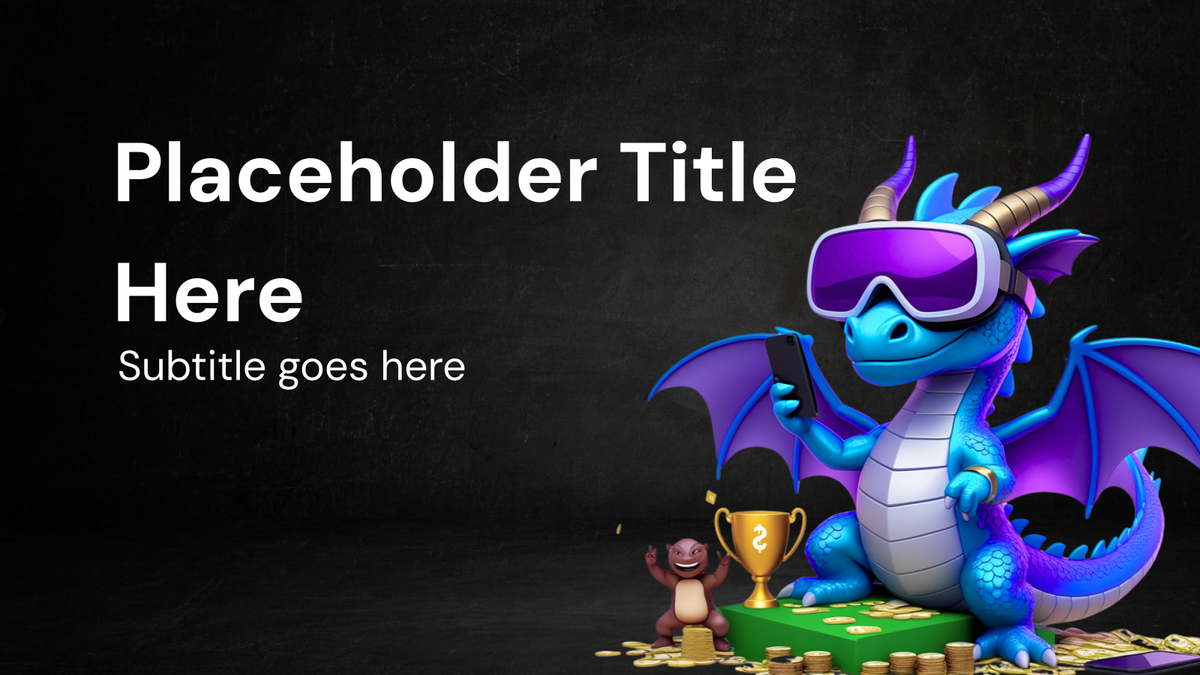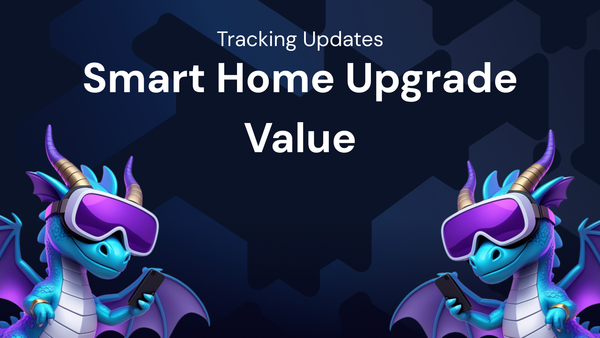Top Cashback Offers: How Pricing Trends Affect Your Savings

Top Cashback Offers: How Pricing Trends Affect Your Savings
Cashback offers have become a ubiquitous part of the modern shopping experience. From credit cards that reward everyday spending to dedicated cashback websites and browser extensions, opportunities abound to earn money back on purchases. However, the actual savings derived from these offers aren't static. They are inextricably linked to pricing trends, economic conditions, and the strategic decisions of both retailers and cashback providers. Understanding how these factors interact is crucial for maximizing your cashback benefits and ensuring you're truly getting the best possible deal.
I. The Appeal of Cashback: A Psychological and Economic Perspective
Before diving into the intricacies of pricing trends, it's important to understand why cashback offers are so appealing in the first place. Their effectiveness stems from a potent combination of psychological factors and tangible economic benefits.
- The Illusion of a Discount: Cashback offers tap into the human desire for a good deal. They create the perception that you're paying less for a product or service than the sticker price suggests. This perceived discount can make a purchase seem more attractive, even if the actual savings are relatively small. Behavioral economics confirms that consumers are highly sensitive to framing; presenting a benefit as cashback rather than a standard discount can significantly influence purchase decisions.
- Loss Aversion: Psychologically, the pain of losing money is often felt more acutely than the pleasure of gaining the same amount. Cashback offers leverage this "loss aversion" by framing the rebate as a way to avoid "losing" money on a purchase. By earning money back, consumers feel they are mitigating the potential regret associated with spending.
- Tangible Savings and Financial Benefits: Beyond the psychological appeal, cashback offers provide real financial benefits. Over time, these small rebates can accumulate into significant savings, especially for frequent shoppers. This accumulated cashback can be used to offset future expenses, pay down debt, or even be invested, effectively increasing your overall financial well-being.
- Incentivizing Brand Loyalty: Many cashback programs are tied to specific retailers or credit card issuers. This incentivizes consumers to shop with those preferred brands, fostering customer loyalty and repeat business. Retailers benefit from increased sales volume, while consumers enjoy the convenience and rewards of a consistent shopping experience.
II. Pricing Trends: A Dynamic Landscape Influencing Cashback Value
The value of a cashback offer is not fixed. It fluctuates based on a complex interplay of pricing trends in the broader market. Understanding these trends is essential for making informed purchasing decisions and maximizing your cashback rewards.
- Inflation and Deflation: Inflation, the general increase in prices over time, directly affects the real value of your cashback rewards. If prices are rising rapidly, the purchasing power of your accumulated cashback decreases. Conversely, during periods of deflation, the value of your cashback increases as you can buy more goods and services with the same amount of money.
- Impact on Cashback Percentages: Retailers and cashback providers often adjust cashback percentages in response to inflationary pressures. They might increase cashback rates to attract customers during periods of high inflation, or decrease them when costs are lower. Therefore, consumers should compare and contrast cashback offerings before purchasing to get the best value for their money.
- Competition and Price Wars: Intense competition within a market often leads to price wars, where retailers aggressively lower prices to gain market share. This can have a mixed impact on cashback savings.
- Potential for Higher Overall Savings: If prices are significantly reduced due to competition, even a modest cashback offer can translate into substantial savings.
- Reduced Cashback Rates: Retailers might lower cashback rates to offset the cost of lower prices. It's crucial to compare the final price (after cashback) with the prices offered by competitors to ensure you're getting the best deal.
- Seasonal Sales and Promotional Periods: Retailers frequently offer deep discounts during seasonal sales events like Black Friday, Cyber Monday, and end-of-season clearances. These periods present both opportunities and challenges for cashback enthusiasts.
- Stacked Savings: During sales events, it's often possible to "stack" discounts by combining sale prices with cashback offers and coupons. This can lead to substantial savings, but requires careful planning and execution.
- Exclusions and Limitations: Some retailers exclude certain products or categories from cashback offers during sales periods. It's important to carefully review the terms and conditions to avoid disappointment.
- Supply Chain Disruptions: Disruptions to global supply chains, such as those experienced during the COVID-19 pandemic, can lead to shortages and price increases. These disruptions can affect both the availability of products and the value of cashback offers.
- Increased Prices, Lower Cashback Rates: Retailers may reduce cashback rates on scarce or high-demand items to protect their profit margins.
- Focus on Essential Goods: During periods of supply chain disruption, consumers may shift their spending towards essential goods. Cashback offers on discretionary items might become less relevant if consumers are primarily focused on necessities.
- Technological Advancements: Technological advancements, such as automation and artificial intelligence, can impact production costs and pricing strategies. These advancements can create both opportunities and challenges for cashback savings.
- Lower Production Costs, Potentially Lower Prices: Automation can lower production costs, potentially leading to lower prices for consumers. This can increase the overall value of cashback offers, as consumers can buy more goods and services with the same amount of money.
- Personalized Pricing Strategies: AI-powered pricing algorithms allow retailers to personalize prices based on individual customer behavior and preferences. This can make it difficult to compare prices and determine whether you're getting the best possible deal, even with cashback.
III. Types of Cashback Offers and Their Sensitivity to Pricing Trends
The effectiveness of cashback offers also depends on the type of offer and how it interacts with pricing trends. Different types of cashback programs have varying degrees of sensitivity to market fluctuations.
- Credit Card Cashback Rewards: Credit cards offering cashback rewards are a popular option for earning money back on everyday spending. These rewards are typically a fixed percentage of your purchases, regardless of the price of the item.
- Less Sensitive to Price Fluctuations: The cashback percentage remains constant, regardless of whether prices are rising or falling.
- Focus on Spending Volume: The key to maximizing credit card cashback is to spend responsibly and pay your balance in full each month to avoid interest charges.
- Cashback Websites and Apps: Cashback websites and apps partner with retailers to offer rebates on purchases made through their platforms. These offers are often tied to specific products or categories and can vary significantly over time.
- Highly Sensitive to Price Changes: Cashback rates on these platforms are often adjusted in response to pricing trends, sales events, and promotional periods.
- Comparison Shopping is Crucial: It's essential to compare cashback rates across different platforms and retailers to ensure you're getting the best possible deal.
- In-Store Cashback Programs: Some retailers offer their own in-store cashback programs or loyalty programs that provide rebates on purchases.
- Variable Sensitivity to Pricing: The sensitivity of these programs to pricing trends depends on the specific terms and conditions of the program. Some programs offer fixed rebates, while others offer cashback percentages that fluctuate based on sales or promotions.
- Building Brand Loyalty: These programs are often designed to encourage repeat business and build brand loyalty.
- Browser Extensions: Browser extensions automatically find and apply cashback offers and coupons while you browse online.
- Convenience and Automation: These extensions offer a convenient way to earn cashback without having to actively search for deals.
- Accuracy and Reliability: It's important to choose reputable browser extensions and to verify the accuracy of the cashback rates before making a purchase.
IV. Strategies for Maximizing Cashback Savings in a Dynamic Market
Navigating the complex world of cashback offers and pricing trends requires a strategic approach. Here are some tips for maximizing your cashback savings:
- Comparison Shop and Track Prices: Before making a purchase, compare prices across different retailers and platforms. Use price tracking tools to monitor price fluctuations and identify the best time to buy.
- Stack Discounts Strategically: Look for opportunities to stack discounts by combining sale prices with cashback offers, coupons, and loyalty program rewards.
- Read the Fine Print: Carefully review the terms and conditions of each cashback offer to understand any exclusions, limitations, or requirements.
- Choose the Right Cashback Program: Select cashback programs that align with your spending habits and preferences. Consider factors such as cashback rates, payout options, and redemption policies.
- Stay Informed: Stay up-to-date on pricing trends, sales events, and promotional periods. Follow retailers and cashback providers on social media to receive notifications about special offers.
- Be Flexible and Adaptable: Be prepared to adjust your purchasing decisions based on price fluctuations and cashback offers. Don't be afraid to switch retailers or brands if it means getting a better deal.
- Utilize Browser Extensions and Apps: Leverage browser extensions and apps to automate the process of finding and applying cashback offers.
- Consider the Total Cost: Remember that the ultimate goal is to save money. Don't be swayed by high cashback rates if the underlying price is inflated. Focus on the total cost after cashback.
- Evaluate Alternative Payment Methods: Certain payment methods, like specific credit cards or digital wallets, may offer higher cashback rates or exclusive promotions. Explore these options to maximize your rewards.
- Time Your Purchases: Consider making purchases during specific times of the year or week when retailers are more likely to offer discounts or promotions.
V. The Future of Cashback: Trends and Predictions
The cashback landscape is constantly evolving, driven by technological advancements, changing consumer behavior, and economic factors. Here are some trends and predictions for the future of cashback:
- Increased Personalization: AI-powered personalization will become increasingly prevalent, with cashback offers tailored to individual customer preferences and spending habits.
- Integration with Loyalty Programs: Cashback programs will become more closely integrated with loyalty programs, offering a seamless and rewarding shopping experience.
- Cryptocurrency Cashback: Cryptocurrency cashback rewards are likely to become more common, offering consumers an alternative way to earn and spend digital assets.
- Augmented Reality (AR) Shopping: AR technology will enable consumers to visualize products in their own homes before making a purchase, potentially influencing their spending decisions and cashback earning opportunities.
- Expansion into New Sectors: Cashback offers will expand into new sectors, such as healthcare, travel, and financial services.
- Greater Transparency and Simplicity: Cashback providers will focus on improving transparency and simplifying the redemption process to enhance the customer experience.
- Focus on Sustainability: Eco-conscious consumers will seek out cashback programs that reward sustainable shopping habits and support environmentally friendly businesses.
- Rise of Micro-Cashback: Small, immediate cashback rewards for specific actions, like leaving a review or referring a friend, will become more prevalent.
Conclusion:
Cashback offers can be a valuable tool for saving money, but their effectiveness is directly influenced by pricing trends and market dynamics. By understanding these factors and adopting a strategic approach, consumers can maximize their cashback savings and make informed purchasing decisions. In a dynamic and ever-changing market, staying informed, being flexible, and utilizing available tools are essential for unlocking the full potential of cashback rewards. The future of cashback is likely to be more personalized, integrated, and accessible than ever before, offering consumers even greater opportunities to save money and enhance their financial well-being. As technology advances and the retail landscape evolves, the savvy shopper who understands the interplay between pricing trends and cashback offers will be best positioned to reap the rewards.




